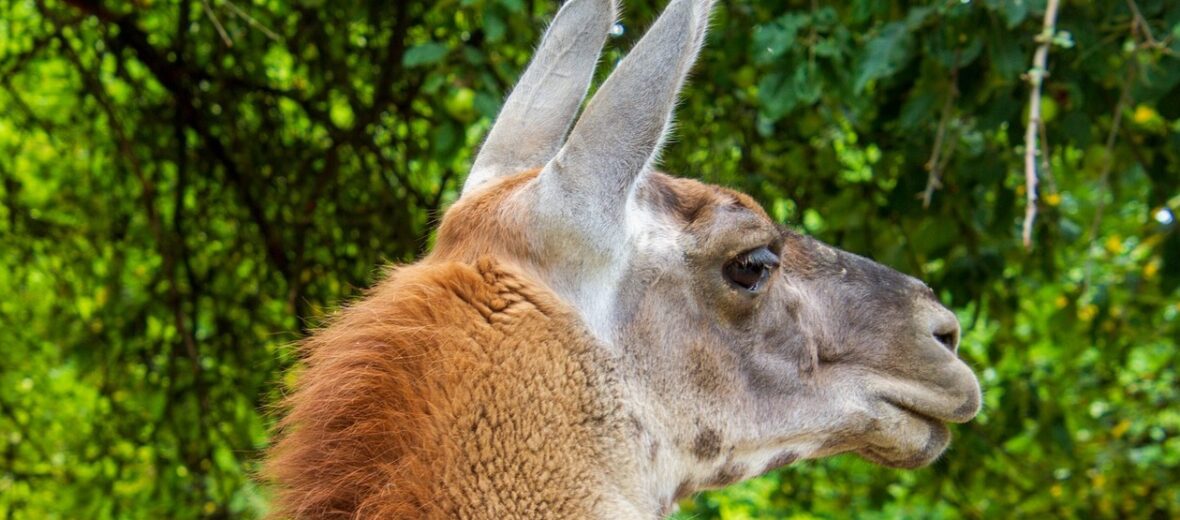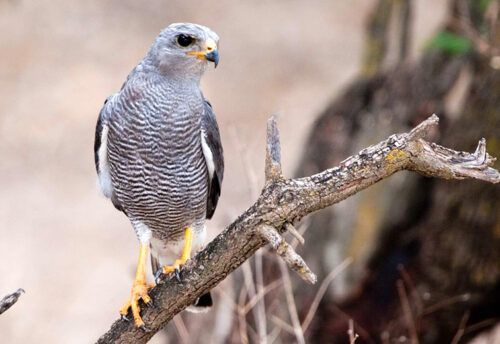
If you think you’ve seen these before… you have. They’re the most populated mammal in South America, the guanaco. These critters are the parent species of the domesticated llama. They inhabit the mountainous regions of Patagonia, in Argentina and Chile. The males have fierce and painful battles as described below. Due to their numbers and distribution, these critters are listed as Least Concern by the IUCN.
First the Stats…
Scientific name: Lama guanicoe
Weight: Up to 200 lbs.
Length: Up to 5+ feet
Height: Up to 3.9 feet
Lifespan: Up to 25 years
Now on to the Facts!
1.) They let out a high pitched “laughing” call to warn of danger.
2.) Females live in herds of around 10, plus their young, with 1 dominant male. Bachelor herds number up to 50 strong.
3.) Guanacos can run up to 35 mph! Not too shabby.
4.) The babies, called chulengos, can walk up to 5 minutes after being born. Now that’s fast development.
5.) A guanaco is a herbivore (eats plants) that has a 3 chambered stomach to help them break down the poor quality grasses that make up most of their diet.
But wait, there’s more on the guanaco!
6.) The Tehuelche people of the Patagonian steppe believed that the sighting of a 2-headed guanaco meant sickness was coming. They must not get sick much. I mean, how often does one see a 2-headed guanaco?
7.) Pregnancy lasts 11 months and ends up with 1 baby.
Did you know…?
During battles, the males will typically go for the legs and the testicles; biting them to win fights. OUCH!
8.) Only 30% of the babies “chulengos” survive to adulthood, due to a variety of reasons like disease, predation, and tough weather conditions.
9.) After 1 year the young males are driven from the herd to start their own herd.
10.) Only 5% of their original population remains, due to over hunting by settlers.
11.) Pumas are their primary predator.
12.) Guanacos have been found living up to 12,000 feet above sea level! In order to live at such a minute oxygen level, their blood has 4 times the number of red blood cells as humans! Their hearts are also 15% larger than other mammals their size.
13.) They are also good swimmers, when needed.
14.) When irritated, they can spit up to 6 feet, with surprising accuracy, just like the domesticated llama.
Now a Short Guanaco Video!
Also, check out the Critter Science YouTube channel. Videos added frequently!
Want to suggest a critter for me to write about? Let me know here.



